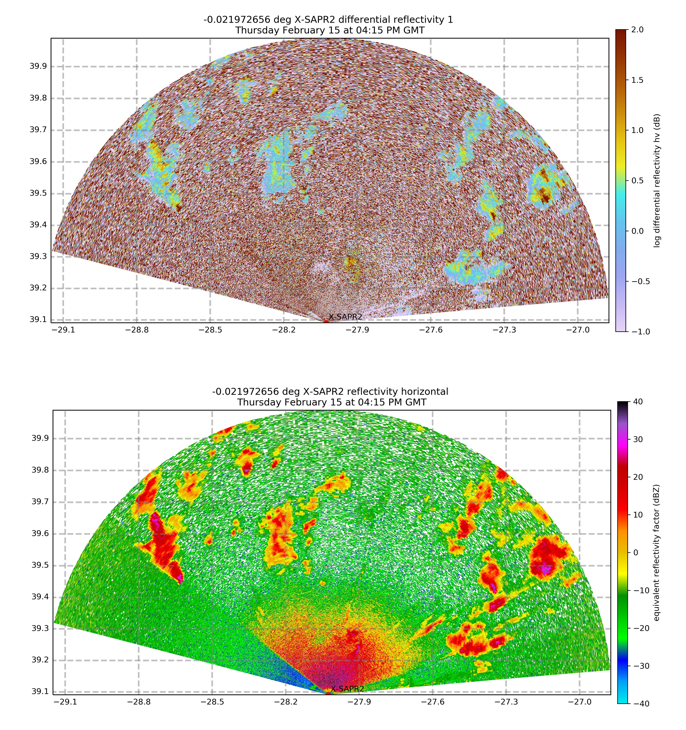Announcing Py-ART 1.9.0 – Picasso
Published: 28 February 2018

Editor’s Note: Scott Collis, science lead on the Python ARM Radar Toolkit (Py-ART), ARM’s precipitation radar translator, and an atmospheric scientist at Argonne National Laboratory, sent in this update.
Open code is better code, and open science is better science! It’s been a year since the last release of the Python ARM Radar Toolkit—Py-ART 1.8.0—and the project has received over 100 “commits” (small contributions of code) from 13 individuals across the scientific community.
Py-ART is an open-source architecture for interacting with radar data in the Python programming language. Py-ART started life as a collection of codes developed at Argonne National Laboratory for adding value to ARM’s scanning radars. Since its official release in May 2013, Py-ART usage has grown dramatically and expanded internationally. Py-ART 1.8.0 has been downloaded over 5,000 times from the open-source packaging site Conda-Forge.
Now comes the first named Py-ART release: Py-ART 1.9.0 – Picasso. Going forward, Py-ART will have minor releases twice a year (in February and September) aligned with the five-year Py-ART road map, culminating in Py-ART 2.0 – Michelangelo in September 2022.
Py-ART 1.9.0 – Picasso has numerous improvements, including:
- a faster convolution-based technique for texture calculations
- cost function-based correction for the region-based dealiasing code
- two new methods for processing polarimetric phase information
- a new gridding method for using only the nearest radar gate for discrete fields.
We would like to thank contributors Chris Nardi, Daniel Wolfensberger, Jonathan J. Helmus, Jordi Figueras, Mark Picel, Ramesh, Robert Jackson, Scott Collis, Sean Freeman, Steve Nesbitt, Timothy Lang, Valentin Louf, and Zachary Sherman.
The release is available for download as a package using Anaconda Python by typing: conda install -c conda-forge arm_pyart
To update an older version of Py-ART to the latest release, use: conda update -c conda-forge arm_pyart
To install from source or to contribute to the No. 1 community radar codebase, visit https://github.com/ARM-DOE/pyart. You can also view the Py-ART 1.9.0 – Picasso release notes.
Cheers!
The ARM Climate Research Facility is a DOE Office of Science user facility. The ARM Facility is operated by nine DOE national laboratories, including .
Keep up with the Atmospheric Observer
Updates on ARM news, events, and opportunities delivered to your inbox
ARM User Profile
ARM welcomes users from all institutions and nations. A free ARM user account is needed to access ARM data.


















